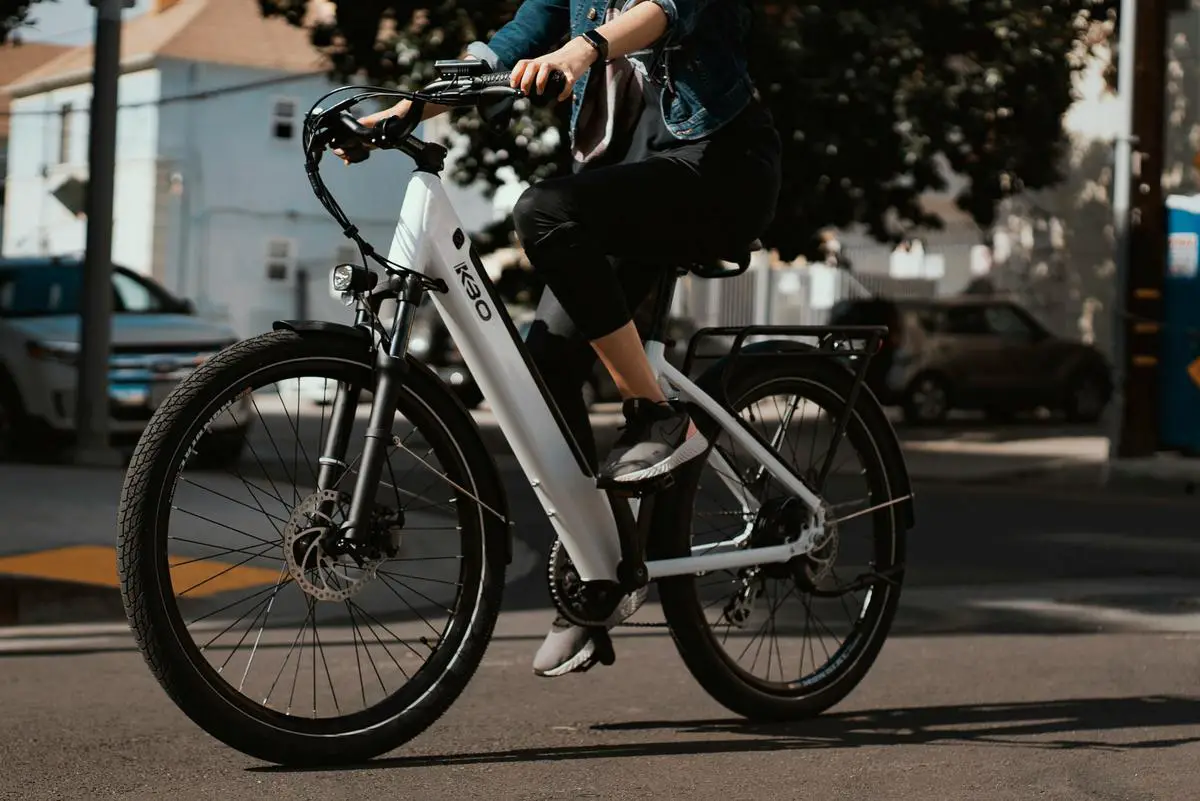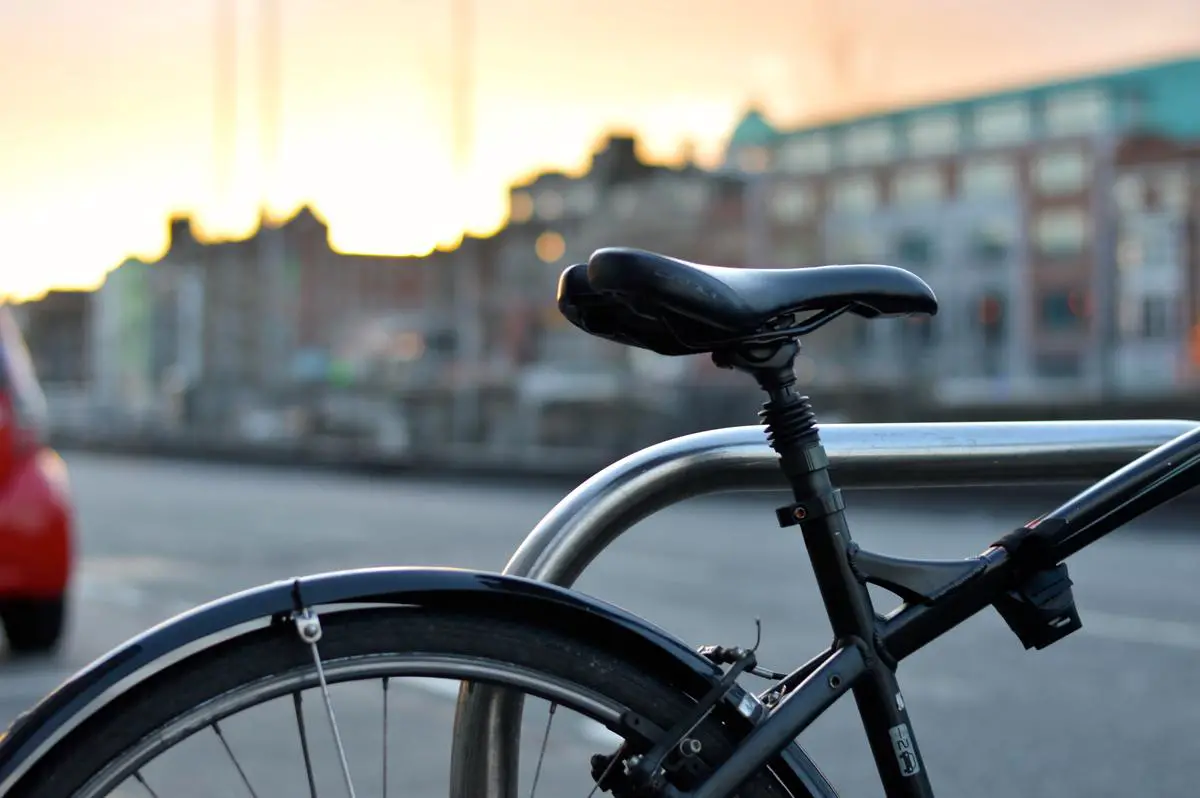The world of commuting is rapidly evolving, and E-Bikes constitute a significant part of this transformation. As individuals seek more eco-friendly and efficient forms of travel, E-Bikes have emerged as reliable vehicles that unite the convenience of motorized transportation with the health benefits of traditional bicycles. However, understanding E-Bikes extends beyond the appreciation of their aesthetics or the technology incorporated. You need to comprehend their functionality, safety measures required, ways to navigate traffic, road regulations, and ways to maintain and uphold your E-Bike to ensure a safe and enjoyable experience. This guide provides a comprehensive look into these aspects as a way to empower and prepare you for a rewarding E-Bike commuting journey.
Understanding E-Bikes
Understanding the Buzz: Demystifying E-Bikes and Their Operation
As passionate hobbyists, we all understand the pure elation that comes with the discovery of something that lights our internal fire. And for many in the world of cycling, that discovery has been e-bikes. Often glorified as the future of cycling, but sometimes misunderstood, e-bikes have garnered significant attention in recent years. Today, we’ll delve into the very core of what makes an e-bike, and how it operates.
At first glance, e-bikes or electric bikes might look like their traditional counterparts, but there’s more than what meets the eye. At their foundation, e-bikes come equipped with a battery-powered “assist” that kicks in when the cyclist pedals. The power from the assist is harnessed through an electric motor, which, in most cases, is located in the front or rear hub of the wheel.
However, don’t mistake an e-bike for an electric motorcycle. The level of assist doesn’t create a jarring, rocket-like acceleration. Instead, it feels like a helping hand, pushing you along when you cycle, making uphill climbs less daunting and longer trips more approachable.
E-bike power is usually measured in watts, with most bikes ranging from 250 to 750 watts. The level of assist is typically adjustable, which means riders can choose the extent of assistance they want during their journey. It’s like having your very own tailwind that’s available at all times!
But how do you control all this power? Well, e-bikes come packaged with a clever piece of technology: the controller. Located on the handle, it’s not unlike the throttle of a motorcycle; it essentially helps regulate the amount of power sent to the motor. Most e-bikes also include a display that provides data on your speed, battery life, and the assist level – vital stats for any e-bike enthusiast.
Powering an e-bike is typically a rechargeable lithium-ion battery, identical in technology to what’s found in smartphones and laptops. Depending on the bike model, terrain, weight of the rider, and assist level, these marvels can propel you to distances ranging from 20 to 80 miles on a single charge. Charging is as simple as plugging the battery into any standard wall outlet, and full charge times vary from 3 to 6 hours.
Mechanically, e-bikes don’t deviate much from their non-electric cousins. You’ll find the same vital components – gears, disc brakes, and even suspensions on some models. The addition of electrical components doesn’t take anything away from the core cycling experience; instead, it enhances it.
In conclusion, while e-bikes may seem complex, they’re truly a testament to the progression of technology and passion for cycling. The blend of electric and traditional components provides a versatile and accessible means of transportation, fitness, and above all, an endless amount of fun. So, perhaps it’s time to embrace this charge of technology and let it propel your cycling passion to electrifying new heights.

Safety Measures for E-Bike Commuting
Safety Measures for Commuting with an E-Bike
An e-bike can revolutionize the daily commute, but it’s integral to respect the crucial enhancements it brings and the corresponding safety measures. Commuters who shift from traditional bikes to e-bikes might underestimate these additional safety measures. However, they quickly become second nature after a few journeys. Let’s delve into these precautionary measures one needs to consider when using an e-bike for commuting.
Gear for Safe Commuting
Before hopping on your e-bike, you must ensure you’re equipped with appropriate safety gear, such as a good-fitting helmet, reflective clothing, and bright lights. LED bike lights, for instance, are essential for dusk, dawn, or night rides and to increase visibility during cloudy or rainy weather. High-visibility clothing ensures drivers and other cyclists spot you easier, helping prevent accidents. Also, always remember to wear a certified, snug-fitting helmet to protect your head in case of an accident.
E-bike Maintenance
Just like a traditional bike, an e-bike needs regular maintenance. This includes keeping the tires inflated, checking brakes, and ensuring both the motor system and electronic controls are functioning properly. Regular bike checks heighten the overall safety and longevity of your e-bike.
Road Rule Adherence
Traffic laws apply to e-bike riders the same way they do to traditional cyclists. That means regular adherence to stop signs, traffic lights, and other road signage is a must. Generally, e-bikes should stick to bike lanes when possible and always signal intentions to switch lanes or make turns. Staying aware of your surroundings and behaving predictably make commuting safer for everyone on the road.
Safe Charging Practices
E-bike batteries are designed to be safe and efficient, although, respecting a few guidelines boosts safety and battery life. Always use the charger that came with the bike to prevent damages. Avoid charging the battery in extreme temperatures and never charge it near combustible materials. Finally, don’t forget to check the battery regularly for damage or wear.
Handling Increased Speeds
E-bikes’ pedal assist feature can generate higher speeds than a regular bike, so it’s crucial to handle this added power responsibly. Adjust the power assist to adapt to different environments, such as a crowded city street or a quiet country road. Always remember that braking distance increases at higher speeds, so allowing ample space becomes even more critical.
Riding an e-bike for commuting is more than just a fun, quick, and energy-efficient way to get around. It requires an enhanced knowledge base and added responsibility. By adopting safe habits, maintaining your e-bike, and respecting both the rules of the road and the power an e-bike can deliver, you can ensure that every e-bike journey is a safe and enjoyable one.

Navigating Traffic and Road Regulations
“Steering into the Realm of E-Bike Commuting: Navigating Traffic and Road Regulations”
First things first, protection! You’ll want to be well-equipped with a proper helmet, reflective garments, and robust bike lights. These are not simply fashion statements in the world of e-bike commuting, but undeniably vital safety tools. The helmet is the cornerstone of your safety gear, and bike lights ensure that you’re not only able to distinguish your surroundings, but that you’re also noticed by others sharing the road.
Speaking of road sharing, it’s important to remember that, as an e-bike commuter, you are subject to the same road rules and regulations as traditional cyclists. E-biking requires full road rule adherence. This extends to stopping at red lights and signs, as well as signaling your intentions to other traffic. Despite your e-bike’s extra power, pedestrians still have the right of way.
E-bike maintenance is somewhat similar to that of traditional bikes, though with an added electronic focus. E-bike commuting benefits from regular tire pressure checks, accurately adjusted brakes, and well-maintained motorized system and controls. With the added speed that comes with e-bikes, it’s crucial that these elements are in proper working order. Regular checks not only guarantee a smoother ride but more importantly, a safer one.
Now, an e-bike is unique because it embraces the world of electricity. Here it’s crucial to adopt certain charging safety practices. Utilize the correct charger whenever you charge your e-bike’s lithium-ion battery. Always remember to avoid charging under extreme temperatures and be sure to regularly inspect your battery for signs of swelling, overheating, or damage. An improperly charged or defective battery can impair the performance of your e-bike and may lead to safety hazards.
With e-bikes, there is also the matter of handling the enhanced speeds you may reach. E-bike commuting may assign you a quick pace compared to traditional biking. With quickness comes the need to maintain an appropriate braking distance to avoid any unwanted scenarios! Make good use of your e-bike’s adjustable power assist, lowering it in high-traffic areas to minimize the risk of accidents.
In a nutshell, e-bike commuting is a thrilling experience that combines traditional biking with a modern twist. Understanding how to navigate traffic, stay visible, and respect others sharing your route will lead to a smoother transition into this electric-powered hobby. Equipped with knowledge about road rules and safety precautions, you are all set to ride confidently into the electrifying world of e-bike commuting.

Maintenance and Upkeep of E-Bikes
Now that we’ve covered the basics of e-bikes, we will venture into some in-depth information regarding its maintenance and handling.
Maintaining an e-bike is just as crucial as understanding its mechanics. Maintenance practices contribute to the e-bike’s lifespan and enhance commuter safety. Regular checks to ensure tire inflation is at an optimum level are elemental. Under-inflated tires not only consume more power but also increase the chance of punctures. Consistent brake checking should be an unfailing routine as well. E-bikes, due to their powered assistant, move faster than traditional cycles and thus maintaining brakes in top condition is essential for a safe stop.
The motor system and electronic controls of the e-bike also deserve undivided attention. The motor system should be kept dust-free and checked regularly for any loose connections. Familiarizing oneself with the electronic control settings can elevate the experience of an e-bike ride. Simple actions like adjusting the assist level according to terrain and understanding the battery life indicator go a long way in an efficient and enjoyable ride.
Another key aspect of e-bike maintenance is adherence to safe charging practices. The battery, being the e-bike’s power source, warrants special care. Using the proper supplied charger for the battery will guarantee its durability. Batteries should not be subjected to extreme temperatures: hot or cold. Regular checks for any visible damage or leaks on the battery should be a part of maintenance routine.
The adjusted power assist technology translate to increased speeds but handling them safely and within legal limits is crucial. E-bikers should always maintain ample braking distance particularly when commuting at peak traffic hours.
Road rule adherence is especially key for e-bike commuters. Complying with traffic laws, signaling one’s intentions, and mindful stopping at signs and lights contribute towards safer commuting. As a courtesy, others sharing the road must be respected, and pedestrians given the right of way.
Lasty, always gear up appropriately for safe and comfortable commuting. Invest in a good quality helmet and wear reflective clothing, particularly for nighttime rides. Bike lights not only add to the visibility but also make you noticeable to motorists.
Navigating traffic and staying visible should not be a daunting task for e-bikers who equip themselves with knowledge and follow these helpful tips – ensuring both an exciting and safe journey on their favorite e-bike. Happy riding!

E-Bike commuting ought not to be intimidating but rather an adventurous journey that starts with understanding your bike and ends with maintaining it for a durable lifespan. It offers a practical solution to beat traffic, reduce one’s carbon footprint, and engage in a healthy activity simultaneously. However, the efficiencies can only be maximized through methods discussed in this guide, such as following safety measures, understanding traffic navigation, and paying keen attention to your bike’s maintenance. Armed with this knowledge, you’re ready to power up your E-Bike and pedal towards a safer, greener, and healthier future.

